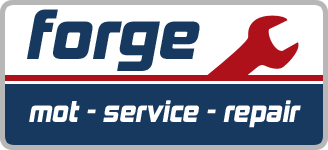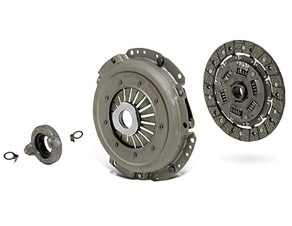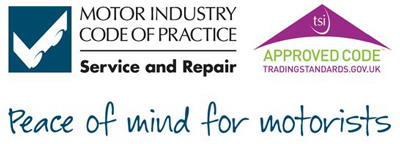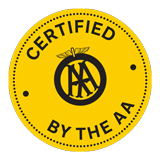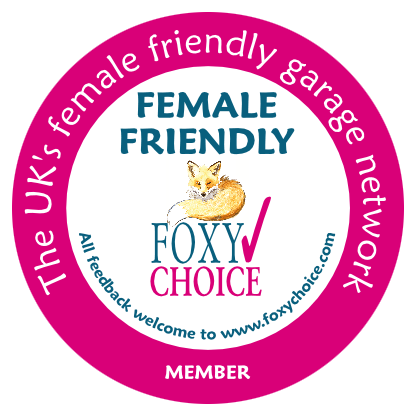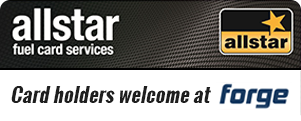About the Clutch and Gearbox
At The Forge Garage we would suggest that if you notice any difficulty selecting gears, especially first gear when trying to pull away then please have a trained clutch specialists make a quick inspection of your clutch and gearbox, as this may be the start of serious and costly problems if ignored. It is much cheaper to replace a worn clutch alone, than it is to replace a clutch, bent flywheel and broken gearbox.
What does a clutch do?
A clutch is a vital part of your cars drive train (Engine - Clutch - Gearbox - Drive shaft - Wheels). Without this vital part the car will no longer be drivable so always get your car checked if you notice and difficulty changing gear or any unusual noises that happen when pressing the clutch pedal down.
To make a gear change you need to disconnect the engine from the gearbox whilst the new gear or neutral is being selected. This is the job of the clutch. The clutch in a car is made up of 2 friction plates that are moved apart and back together again using the clutch pedal. When the clutch plates are moved apart this removes the engines power from the gearbox which allows a new gear to be chosen, then the engines power is reconnected by releasing the clutch pedal. Forcing a manual transmission car out of gear without using the clutch greatly shorten the life of your gearbox. Trying to put the car into a gear without using the clutch can cause worse damage to the gearbox and in extreme cases also damage the engine.
Why do we need gears on a vehicle?
All vehicles need a way of transferring the power from the engine to the drive wheels on the road to be able to move. This is done through the gearbox. A gearbox has cogs that mesh together to create different gearing ratios to help the engine perform efficiently at different speeds and in different driving conditions. A car uses multiple gears because the engine has a limited power and speed range.
For example, for pulling away and climbing hills an engine needs to use more power so a lower gear ratio is used letting the engine spin faster compared to the road speed. If a driver was to use a lower gear continuously then the engine would be spinning fast all the time which would cause faster wear, poor fuel economy and ultimately damage the engine.
For general driving such as on flat roads, constant speeds and motorways a higher gear gives better performance, fuel economy, is quieter and more comfortable and also protects the engine from undue stresses caused by over revving.
To help keep your car running at its best we recommend that you always match your speed to the correct gear. There's no hard and fast rule for this as all cars have different engine sizes and gear ratios, however as you drive a vehicle you can very quickly learn what works best.
